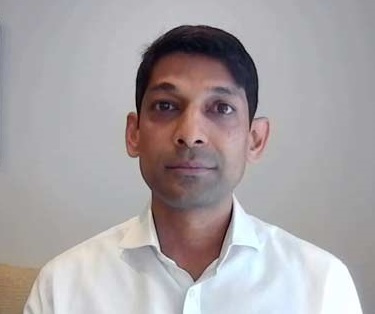I’ve twice been asked an interesting, yet puzzling, question about the rise of passive investing in the past few weeks.
Given the growing popularity of passive investment products, such as exchange-traded funds and index trackers, at what point will they become so dominant that market inefficiencies arise, allowing more active fund managers to add value?
I think this is a theoretical question to which there is no honest answer. For starters, an answer would imply that financial markets are fully efficient and stocks have a fundamental value to which they always revert, but this is not the case. A valuation is just an opinion; the price a buyer is willing to pay and a seller is willing to receive.
That said, it would be a mistake to downplay the impact of indexing on stock prices. Studies show that stocks tend to rise in price as a result of being included in an index and vice-versa.
Does this mean that a stock that is priced higher or lower due to its recent index inclusion or exclusion is mispriced? Not necessarily. In some cases, the price boost or decline will be corrected, with active investors stepping in to exploit the perceived anomaly. However, in other cases, it will not dissipate and the new price will become the ‘true value’.
History tells us that active managers who try to take advantage of potential market mispricing often must take a contrarian position – which is rather uncomfortable.
For example, savvy value-orientated manager Neil Woodford saw the performance of his fund dive in the late Nineties when he avoided technology stocks as these soared in value to account for a sizable percentage of the major market indices. This decision eventually paid off when the dotcom bubble burst and his fund shot to the top of the performance tables. But Woodford, never mind his fund holders, had to be patient and stick to his guns for a few years.
So, is there a tipping point for the rise of passives? It seems logical that, as the proportion of passive investments grows, the opportunities for active managers to add value should rise.
But is the threshold 20%, 50% or 99%? No one can truly say – and there may be different answers for different markets.
Take the US, for instance. Passive instruments offering exposure to US equities have seen considerable growth in recent years, representing an estimated 30% to 35% of the total money invested in the asset class. Yet, the rise in passives has not led to a rise in active manager outperformance.
Indeed, the odds of finding an outperforming US equity manager remain slim. For other markets, such as European small caps or emerging markets – both considered less informationally efficient – the story could be different. However, more research would need to be done.
In summary, there is no denying that indexing creates exploitable opportunities, but they are certainly not easy to profit from.
This makes me guess with confidence that 10 years from now – regardless of the proportion of money passively managed relative to the total money invested in the stock market – investors will still be faced with the same sad reality, namely that only a minority of active managers will consistently outperform their respective benchmarks.
This article was originally published in Investment Adviser magazine










.jpg)

















